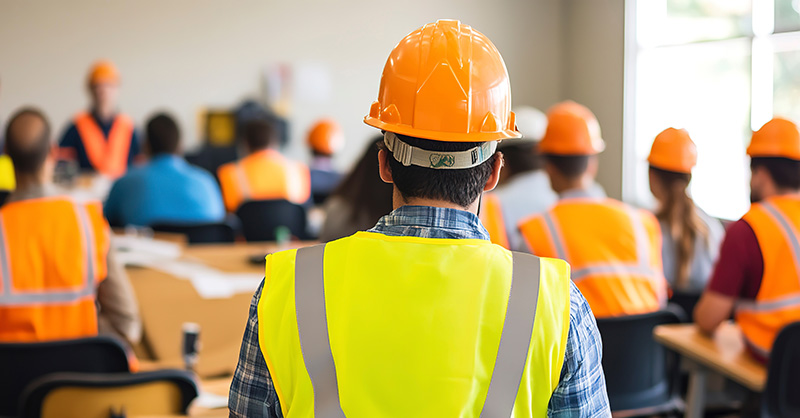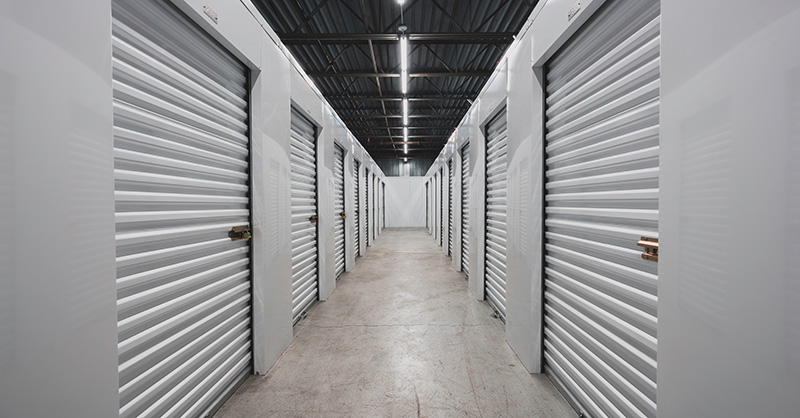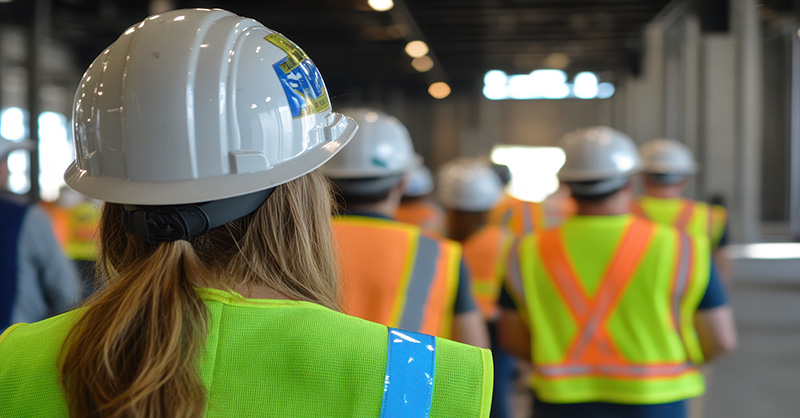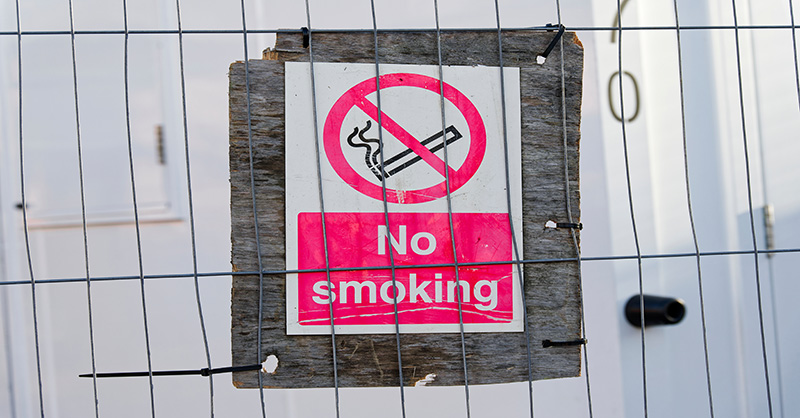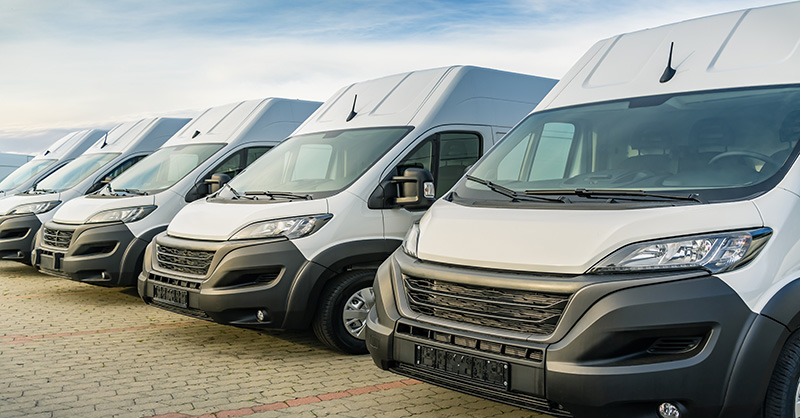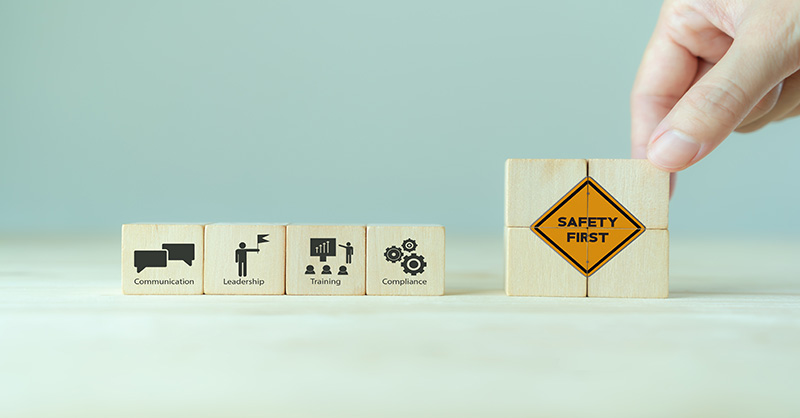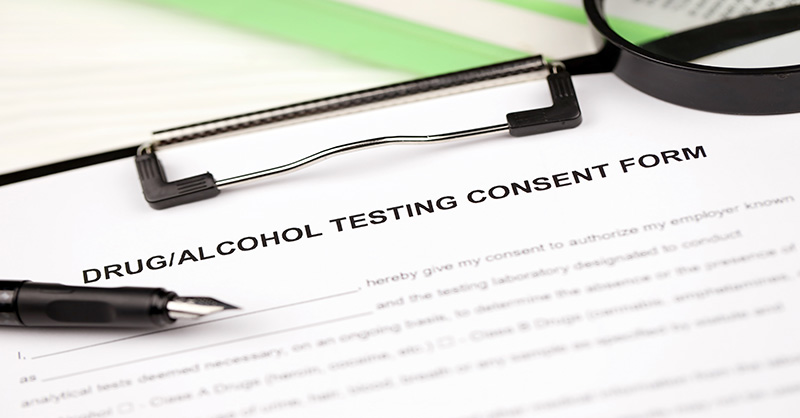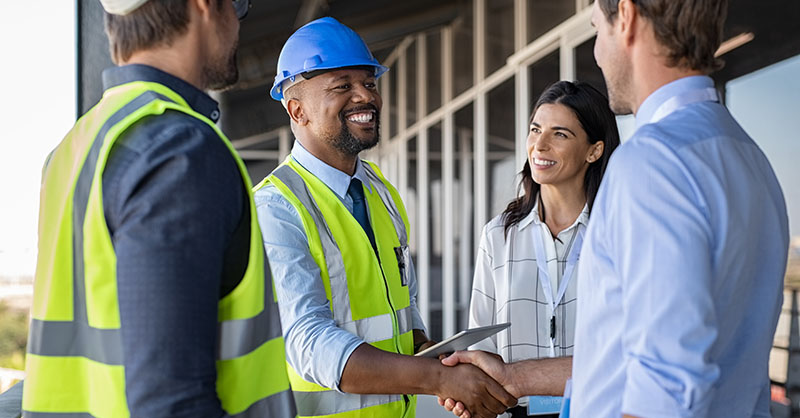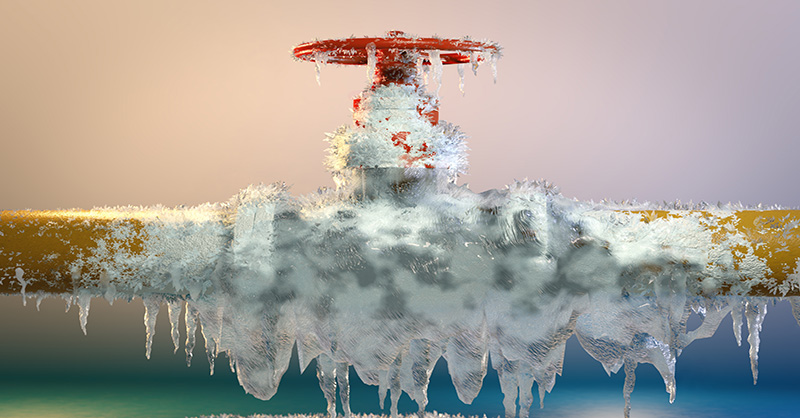Your Guide to Fall Prevention in the Construction Industry

From large construction sites to daily maintenance tasks, fall prevention should be planned before work begins. It starts with active fall management or planning to identify and manage fall exposures.
What is Fall Prevention?
It’s important to understand the difference between fall prevention and fall protection.
- Fall prevention (or restraint) removes the potential for falls. Examples include guardrails and lifelines that restrict physical access to a potential fall area.
- Fall protection is equipment used to minimize injury from a fall but permits the fall to occur. Fall protection is commonly in the form of a fall arrest system.
Simply put, fall prevention (restraint) is planning and acting to remove exposures to falls, and fall protection (arrest) prevents injury to a worker who has fallen.
Fall prevention includes understanding the work to be completed and where that work is to be conducted. With this understanding, questions such as the following can be answered:
- How high is the work from the lower level?
- Is the work over hazards such as holes, machinery, and/or tanks, etc.?
- How will the work be accessed?
- How many workers will it take to complete the work?
- What equipment is required to complete the work?
- What safety hazards are present?
The more that can be learned about the work and the site where the work will be performed, the better fall prevention can be planned. This includes considerations such as:
- Is fall prevention needed?
- How will fall prevention be accomplished?
- What fall prevention equipment is required?
- Who will install the fall prevention equipment?
- How will the equipment be inspected and main?
What are Employers’ Responsibilities to Provide Fall Prevention?
According to OSHA, employers must initially assess the workplace to determine if walking/working surfaces have the necessary strength and structural integrity to safely support workers. Once it is determined that the work surfaces will safely support the work activity, the employer must determine whether fall protection is required and, if so, select and provide workers with fall prevention/protection systems that comply with the criteria found in 29 CFR (Code of Federal Regulations) 1926.502.
Select the Appropriate Fall Prevention and Provide it
Not all forms of fall prevention are the same, and it takes a thorough understanding of how each fall prevention method works so that the appropriate fall prevention is selected and used.
In terms of overall effectiveness, eliminating a hazard is the most effective form of safety management. Fall prevention is generally preferred over fall protection because preventing the worker from falling is safer. There could be circumstances on construction sites where fall prevention isn’t possible. In those cases, fall protection might be the only viable option.
Once the work and location are understood, select the most appropriate form(s) of fall prevention and/or fall protection and install/provide the equipment.
Types of Fall Prevention
There are multiple methods of fall prevention available, which can sometimes make it difficult to select the best one. Generally, fall prevention can be provided through guardrail systems, safety net systems or personal fall arrest systems. OSHA refers to these systems as conventional fall prevention. Other systems and methods of fall prevention may be used when performing certain activities. For example, when working on formwork, a positioning device system could be used.
Proper planning helps to determine the most suitable equipment for the workspace and the type of work conducted. Below are the types of fall prevention equipment:
Conventional Fall Prevention Systems
Guardrail Systems
Guardrail systems are barriers erected to prevent workers from falling to lower levels. Guardrail systems must be capable of withstanding a force of at least 200 pounds applied within two inches of the top edge, in any outward or downward direction, at any point along the top edge. Guardrail systems consist of:
- Top rails – Top rails must be 42 inches plus or minus three inches above the walking or working surface. Top rail height must be adjusted if workers become elevated from the walking or working surface.
- Midrails or screens – Midrails must be installed at a height midway between the top edge of the guardrail system and the walking/working surface, at least 21 inches high. Screens must extend from the top rail to the walking/working level and along the entire opening between top rail supports.
- Kickboards - Kickboards must be installed anytime workers may be working underneath the work at height.
Safety Net Systems
Netting should be installed as close as practicable under the walking/working surface, extending out beyond the edge of the surface. Safety netting cannot be installed more than 30 feet below a walking/working level, and there must be no obstructions between the surface of the net and the walking/working level.
Personal Fall Arrest Systems
A system used to safely stop (arrest) a worker who is falling from a working level. The system can consist of:
- An anchorage point
- Connectors
- A body harness
- A lanyard
- Deceleration device
- Lifeline
The system may consist of any suitable combination of these components. NOTE: Body belts (safety belts) are prohibited for use as part of a personal fall arrest system under the OSHA standard.
Other Fall Prevention Systems
Positioning Device Systems
OSHA defines a positioning device system as a body belt or body harness rigged to allow a worker to be supported on an elevated vertical surface, such as a wall, and with both hands free while leaning. Body belt or body harness systems are to be set up so that a worker can free fall no farther than two feet.
Components of positioning device systems can be similar or identical to those of a personal fall arrest system and can consist of:
- Snap-hooks
- Dee-rings
- Other types of connectors
Fall Restraint Systems
OSHA recognizes fall restraint systems as a means for fall prevention/protection. An effective use of the fall restraint system tethers a worker in a manner that will not allow a fall of any distance. The system can be comprised of:
- A body belt or body harness
- An anchorage point
- Connectors
- A lanyard
- A lifeline
Explore our Construction Safety Resource Guide
Help enhance your construction company's safety awareness and injury prevention efforts with our comprehensive Construction Safety Resource Guide. This resource provides essential fall protection training materials. Start improving safety standards now by exploring this guide.



